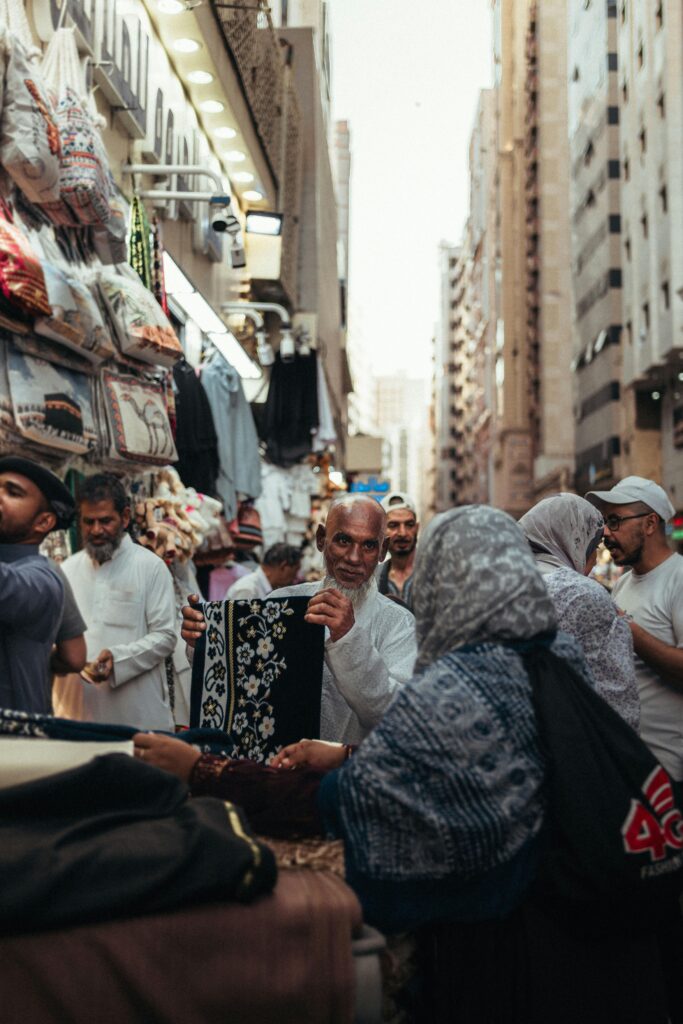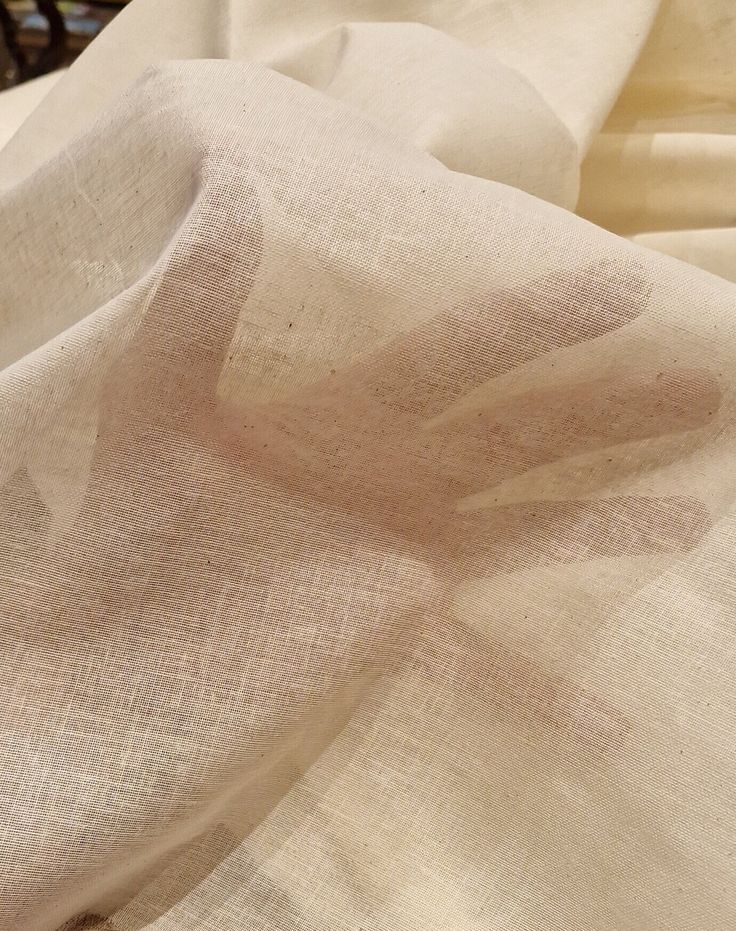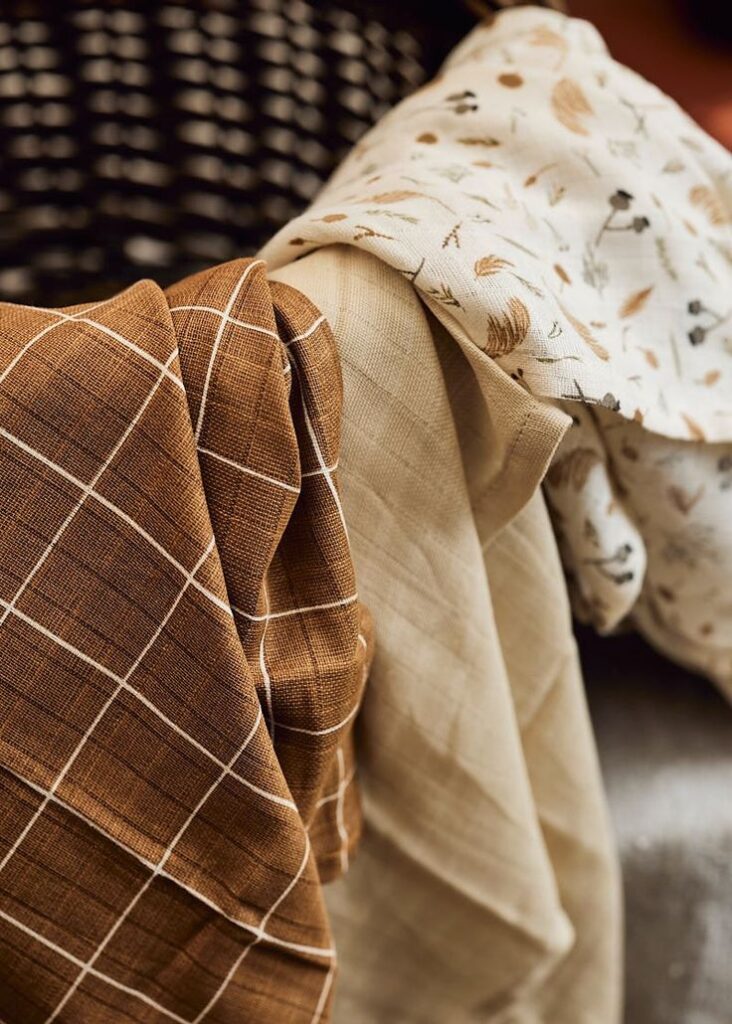Muslin fabric is not just a textile—it’s a piece of Indian history. From ancient trade routes to royal courts, muslin has played an integral role in shaping Indian culture.
A Symbol of Indian Craftsmanship
Originating in the Bengal region, muslin was once considered one of the finest fabrics in the world. It was known as “woven wind” due to its feather-light texture and was highly sought-after by nobility in Europe and Asia. The art of weaving muslin was so delicate and refined that a single piece could pass through a ring, making it an item of wonder among foreign traders and rulers.
The process of crafting muslin was painstaking. Weavers often worked under moonlight to avoid breaking the ultra-fine threads, and it could take months to produce just one yard of fabric. The skills required were passed down generations and were held in high regard, making muslin a true heritage craft.
Traditional Applications in India
Sarees and Dhoti: Muslin has been widely used in traditional attire like sarees, dhotis, and turbans, especially in eastern India. These garments were prized for their comfort in the subcontinent’s hot climate.
Religious Ceremonies: Its purity and softness made it ideal for spiritual rituals and temple wear. Even today, some priests and monks prefer muslin robes due to their simplicity and sacred association.
Royal Patronage: Mughal emperors were great patrons of muslin and encouraged weavers to perfect the art. Special muslin types like Mulmul Khas were reserved for the elite, symbolizing prestige and opulence.
Colonial Impact and Decline
During British colonial rule, muslin production suffered as industrialized British textiles flooded Indian markets. Many muslin weavers lost their livelihoods, and the once-flourishing art began to fade. This marked a significant cultural loss for the Indian subcontinent.
In fact, some historians argue that muslin’s decline was not merely economic but deliberate. British policies encouraged the destruction of India’s handloom economy, including muslin, to favor their textile industries. The loss was not just of livelihoods but of a profound cultural heritage.
Modern-Day Revival
Today, Indian designers and sustainable fashion advocates are reimagining muslin through fusion wear, eco-conscious fashion lines, and slow fashion movements. Workshops and NGOs are working with local artisans to revive age-old weaving techniques, helping muslin regain its lost glory.
From haute couture runways to everyday wardrobes, muslin is making a comeback as a symbol of mindful living. Many eco-conscious consumers now choose muslin over synthetic fabrics for its comfort and sustainability.
Final Thought
Muslin fabric is deeply woven into India’s cultural and historical identity. At Muslin Factory, we honor this legacy by bringing ethically sourced, handcrafted muslin to your wardrobe and home. Explore our collection to be part of this timeless tradition.
LINK : MUSLIN FACTORY






